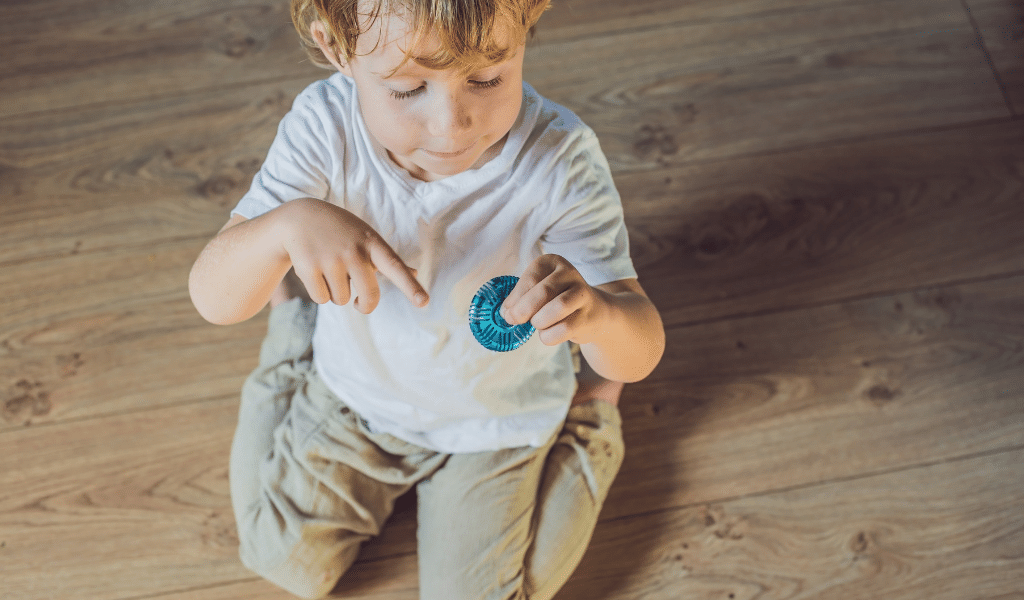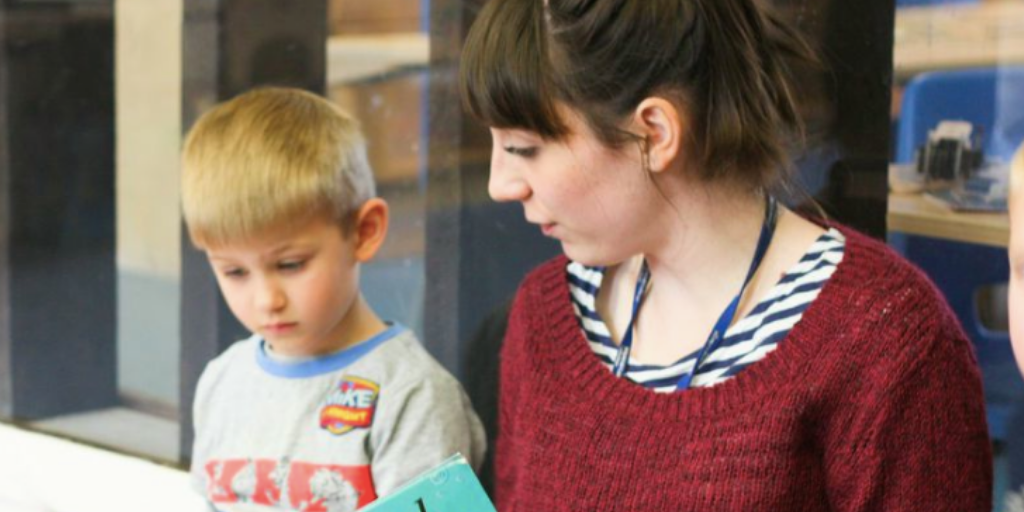I have often had conversations with heartbroken parents who feel that they can’t understand or communicate with their autistic child. During my time working in schools, I have spoken to many professionals who want to help a child or family but are unsure of what to do. Here are some tips for improving your chances of making connections and enjoying interactions, forming the basis of communication.
Engage
Communication needs to be two way so make sure you give a reason for the child to communicate with you:
- Check that there are a lot of opportunities for engagement using the child’s interests – remember their interests may not be what you expect them to be!
- Engaging activities such as blowing bubbles, bouncing balls or pressing flashing light toys can be great motivators for a communication exchange. Once the child is engaged with the activity you can try pausing before resuming. Even a fleeting glance or physical touch should be treated as a communication to continue the task.
- Songs/humming/word games/interactive books can be great tools to encourage interactions.

Structure
Build predictability for the child into a communication or play routine for maximum engagement:
- Give structure to an activity with a clear ‘beginning’ and ‘end’. This will help the child understand what is expected and respond.
- Keep exchanges predictable at first. The child may feel more secure if they know what you are going to say when you see them.
- Songs such as ‘Wheels on the Bus’ and ‘Heads, Shoulders, Knees and Toes’ have a repeated chorus. When the song is repeated enough times, the child might begin to remember it and predict what is coming. Once they know the song, pause in the middle of a verse, giving an opportunity for them to request more. They may even say the missing words!

Clarity
Keep your exchanges with the child as clear as possible:
- Say what you mean without using too many words. If you are a child who is confused, the minimum number of words are needed.
- Give instructions in the correct order.
- Use words that are literally correct. Many children on the autistic spectrum will take things literally, so if you actually want the child to ‘sit down’, it may be better to say ‘sit on the red chair’.
- Give enough time for the child to process and understand after an instruction or request. Wait for a response. It can take over 10 seconds for some children on the autistic spectrum to process language.
- Speak to the child directly, using their name first. They may not respond to group requests as they may think that it doesn’t apply to them.
Visuals
Use objects, photos or pictures to reinforce what you are saying. A prompt like this may help a child to remember what a word means:
- If you want to know if a child is thirsty, say ‘drink’ with an empty cup in your hand or show a photograph or picture of a cup. Even if a child is using verbal language fluently, they still respond well to a visual prompt to reinforce words.
- Use a visual timetable to communicate about events or activities – this can be as simple as a small piece of card with two sections. One section to represent what is happening now, the second to show what is happening next. It can have two objects that represent the activities, two photographs of the activity or two pictures.

Environment
Lighting, noise, furniture, and temperature can all affect opportunities for communication and interaction with autistic children in both positive and negative ways:
- If an environment is noisy, or visually busy, some children will not speak or join in. Adapt your environment as much as possible to suit the needs of each child.
- When you know the child, modify your interaction with them so they are prompted to communicate – a number missing if they like counting, pausing at a page in their favourite book. Just enough to see if they will give eye contact or communicate in some way.
- Put motivating toys just out of reach. You can put photographs of the toys nearby. Children can request toys by giving you the photo or picture of the toy if they have difficulty recalling the word. Give them the toy instantly, reinforcing the word clearly at that time.
Remember!
A communication exchange should be fun or it may not be repeated. Always think about what the child is gaining from any exchange. If you need further help communicating with autistic children, there are many support systems such as speech therapy, augmentative and alternative communication (AAC), Picture Exchange Communication System (PECS), and amazing apps for iPads / tablets that can all help with language development.

Watch Lisa’s webinar
Missed Lisa’s webinar about communication and play with autistic children? Catch up with any previous Kinderly early years webinars by joining Kinderly Learn. Costs start from £7.50 a month with our annual memberships.
About the author
Lisa Carey-Woolls is an autism consultant and developer of Autism Compass, a training programme to support autism awareness and staff development. She has worked specifically in the field of autism for over 20 years.




